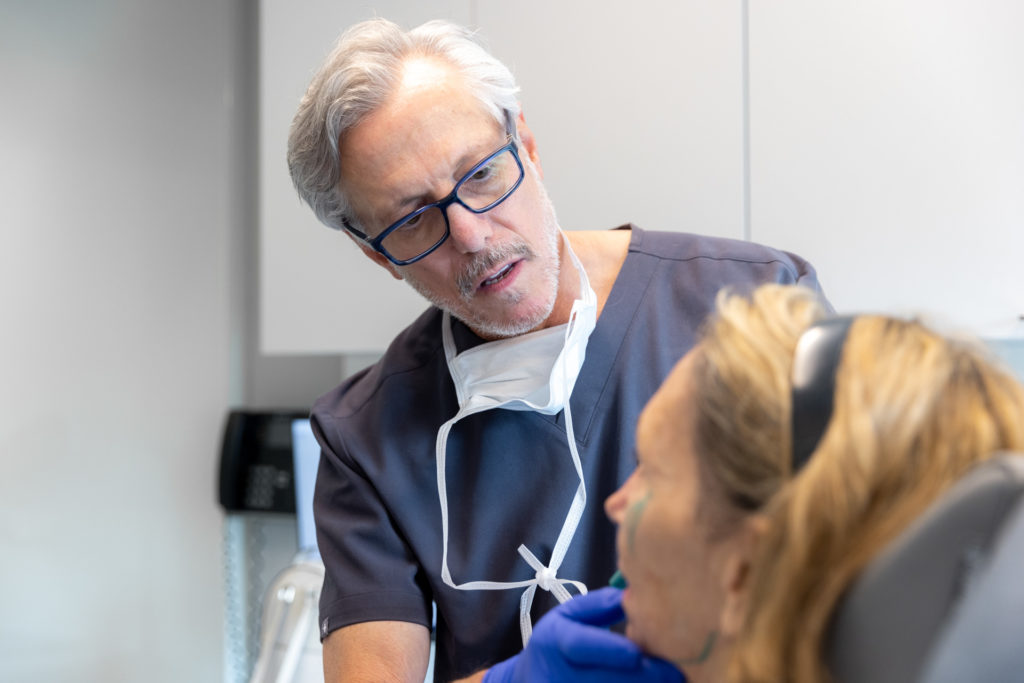
SEPTOPLASTY – DEVIATED SEPTUM PART I
NEW YORK, NY
What exactly is a deviated septum? How do I know if I have one? How did it happen? Will it change the way my nose looks if I have my deviated septum fixed, even if I don’t want to? Maybe I have one and no one knows? Will it get me a “free” or discounted nosejob?
These are just a few of the many questions patients and non-patients alike have when it comes to the elusive deviated septum. I will attempt to answer the above questions and more. My answers just kept on going and going so I am going to divide this into two parts.
The definition of a septum is a dividing wall. The nasal septum divides the two sides of the nose. The front 2/3 is made of cartilage and the back portion derived from two different thin bones. The septum sits in a groove of the bone that is above the palate of the mouth. When any or all portions of this structure are crooked, it is a deviated septum. We usually don’t even know when it became crooked. Maybe from falling on your face as a child, during sports or maybe even while you were being born; unless you can pinpoint a specific episode when you got hit in the nose followed by bleeding and a subsequently reduced airway.
Many people have crooked nasal septums and don’t know it. If there is no blockage of breathing or exacerbation of sinus and allergies then there is no need to worry or ever treat it. Many people have asymptomatic mildly deviated septums. The most common problem a deviated septum can cause is nasal blockage. If one side of your nose tends to be more blocked than the other, it is a high probability that you have a deviated septum. Other structures in the nose that can also contribute to blockage are called turbinates. These are curly bones that are covered with skin (mucosa) and tissue that swell with blood to warm and humidify the air we breathe. By the time air gets to your lungs it is 98% humidity and body temperature; most of this occurs in the nose. The turbinates work by swelling alternately, one side than the other. So, if one side is blocked then it alternates but you get good air through both together there really is no problem, just a normal nasal cycle. This cycle is even more evident at night, the “downhill” nostril swells. This is obvious when you turn over and the open nostril switches sides. If one side is almost always blocked, that means there is a fixed obstruction; a deviated septum or other abnormal structure such as a nasal polyp. Allergies, colds and other conditions that cause the inside of the nose to swell will also cause obstruction. This obstruction can be worse if there is also a deviated septum. A deviated septum is diagnosed by a careful examination of the inside of the nose. Sometimes a CT scan helps delineate the back of the septum and can demonstrate possible associated sinusitis. Deviated septums can even be a cause of chronic headaches.
Sometimes a deviated septum may be asymptomatic. However a mild deviation can become a problem if the nose is made narrower in cosmetic rhinoplasty. This is why every rhinoplasty candidate should have the inside of their nose examined. If you see a doctor for a rhinoplasty and they don’t look inside your nose, it can lead to breathing difficulties after. Cosmetic rhinoplasty should go hand in hand with functional nasal surgery. It might not be necessary to address the septum, but it is important to make sure that it is not crooked; otherwise rhinoplasty may cause breathing difficulties. It amazes me that when I see patients for revision rhinoplasty with breathing issues how often they report that their prior surgeon never even looked inside their nose!




